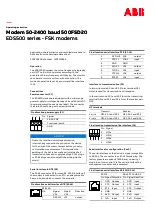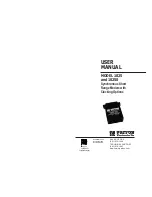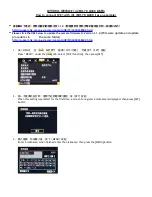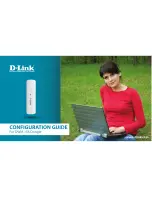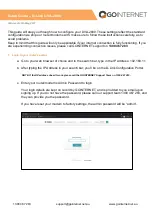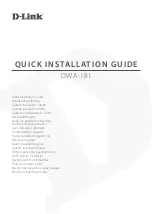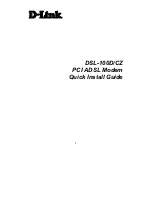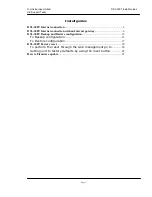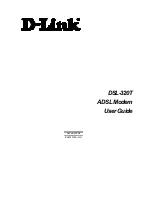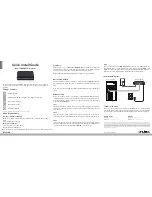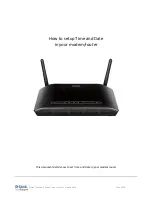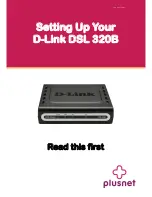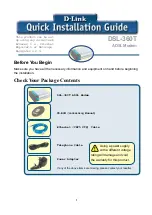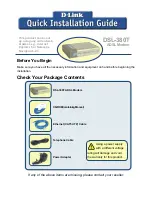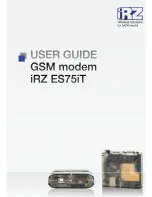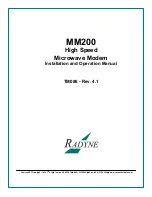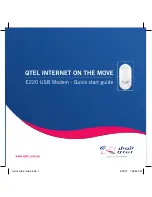
13
14
5.0 OPERATION
Once the Model 1094 is properly configured and installed, it
should operate transparently. This sections describes power-up, read-
ing the LED status monitors, and using the built-in loopback test
modes.
5.1 POWER-UP
Before applying power to the Model 1094, first be sure that you
have read Section 4.3, and that the your power source matches the
power rating shown on the bottom label of the Model 1094.
Failure to
do so could result in damage to the unit and connected
equipment, and may constitute a fire hazard.
If your Model
1094 is AC powered, plug the AC power cord into both the Model 1094
and the AC outlet. Then power-up the unit using the rear power switch.
If your Model 1094 is DC powered, and has been connected to the DC
power source according to the instructions in Section 4.3, turn on the
DC power supply and then power-up the unit using the rear power
switch.
5.2 LED STATUS MONITORS
The Model 1094 features seven front panel LEDs that monitor
transmit data, receive data, request to send, carrier detect, data termi-
nal ready, test modes and error conditions. Figure 4 (below) shows the
front panel location of each LED. Following Figure 6 is a description of
each LED’s function.
TD and RD
Will glow red to indicate an idle condition of Binary
1 data on the respective terminal interface
signals. Green indicates Binary“0 data.
RTS
Will glow green to indicate that the Request to
Send signal from the terminal is active.
CD
Will glow red if no carrier signal is being received
from the remote modem. Green indicates that the
remote modem’s carrier is being received.
DTR
Will glow green to indicate that the Data Terminal
Ready signal from the terminal is active.
ER
Will glow red to indicate the likelihood of a Bit
Error in the received signal. During the 511 or
511/E test, ER will flash to indicate that the Test
Pattern Detector has detected a bit error.
TM
Will glow green to indicate that the Model 1094
has been placed in Test Mode. The unit can be
placed in test mode by the local user or by the
remote user.
5.3 DIAGNOSTICS
The Model 1094 is equipped with three sets of diagnostics to eval-
uate the condition of the local and remote units, as well as the twisted
pair link between them: local analog loopback (LAL) and remote digital
loopback (RDL) according to the CCITT V.54 Standard, and bit error
rate BER test according to the CCITT V.52 Standard.
5.3.1 LOCAL ANALOG LOOPBACK (LAL)
The Local Analog Loopback (LAL) test checks the operation of the
local Model 1094. Any data sent to the local Model 1094 in this test
mode will be echoed (returned) back to the user device.
For example,
characters typed on the keyboard of a terminal will appear on the ter-
minal screen (see Figure 5, below).
To perform an Analog Loopback test, follow these steps:
A.
Activate Local Analog Loopback. This may be done in one of
two ways: First, by moving the front panel toggle switch UP to
Local. Second, by raising signal LOCAL LOOPBACK on the
terminal interface (for pin numbers, see Appendix D). Once
LAL is activated, the Model 1094 transmit output is connected
to its own receiver. The TM LED should be lit.
(continued)
Model 1090
KiloModem PS High Speed Sync. Short Range Modem
RD
TD
RTS
CD
DTR
ER
TM
Test Modes
Local -
Normal -
Remote -
- 511E
- Normal
- 511
Figure 4. Model 1094 Front Panel
1090
Figure 5. Local Analog Loop
Local 1094














